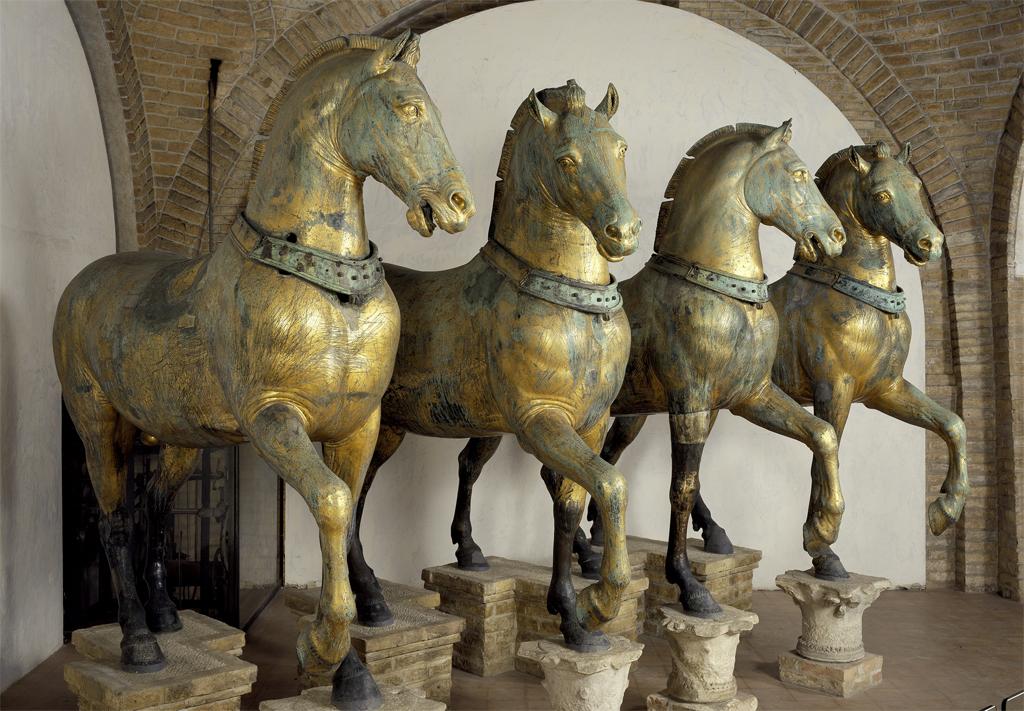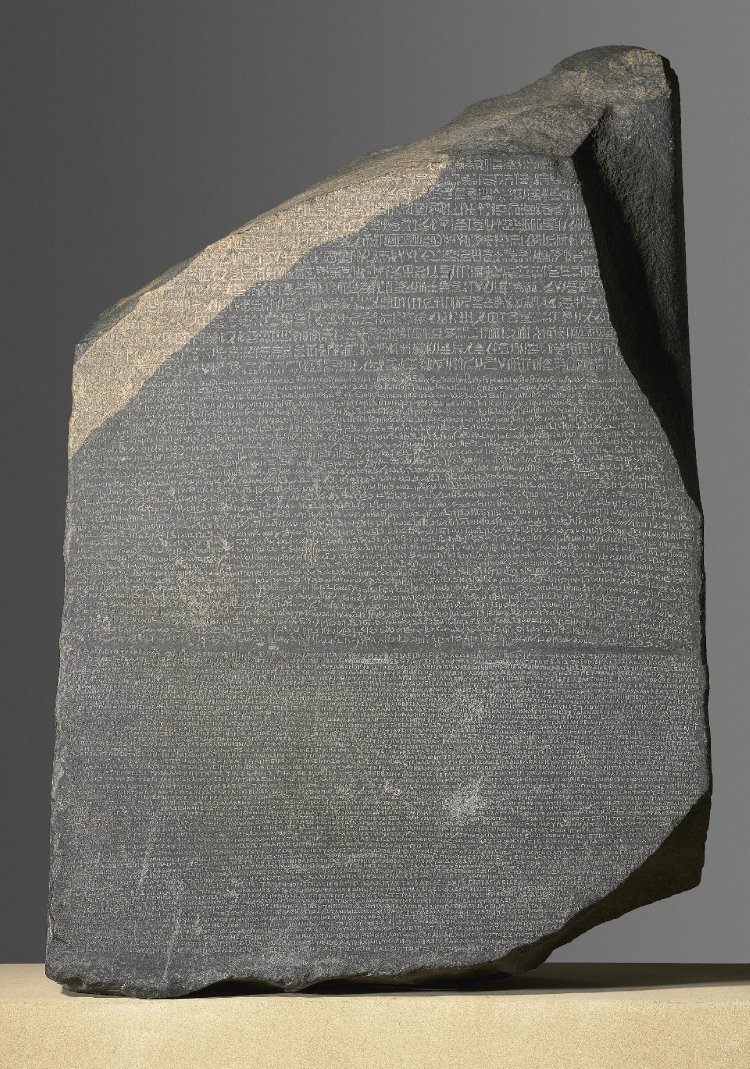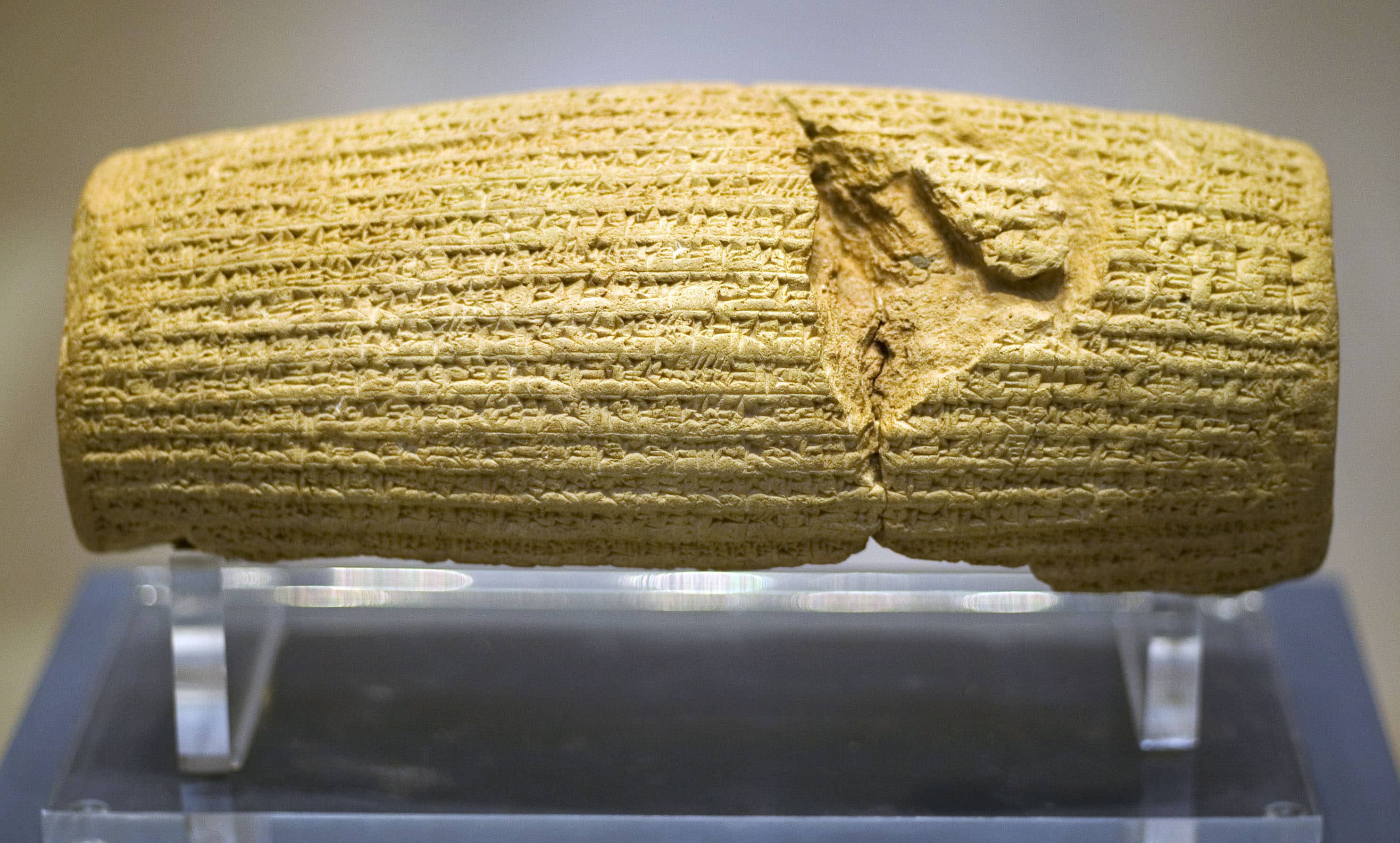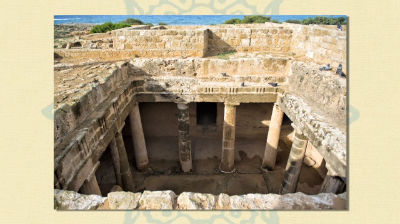Great Objects On Design Santa Barbara With Your Host Michael Kourosh
Over the years we have had the pleasure of showcasing great palaces, artists, and museums. This week we will showcase some of the most interesting object around the world and explore there history.
Horses of Saint Mark

The Horses of Saint Mark (Italian: Cavalli di San Marco), also known as the Triumphal Quadriga, is a set of Roman bronze statues of four horses, originally part of a monument depicting a quadriga (a four-horse carriage used for chariot racing). The horses were placed on the facade, on the loggia above the porch, of St Mark’s Basilica in Venice, northern Italy after the sack of Constantinople in 1204. They remained there until looted by Napoleon in 1797 but were returned in 1815. The sculptures have been removed from the facade and placed in the interior of St Mark’s for conservation purposes, with replicas in their position on the loggia. (Wikipedia)
Rosetta Stone

The Rosetta Stone is a granodiorite stele discovered in 1799 which is inscribed with three versions of a decree issued at Memphis, Egypt in 196 BC during the Ptolemaic dynasty on behalf of King Ptolemy V Epiphanes. The top and middle texts are in Ancient Egyptian using hieroglyphic and demotic scripts, while the bottom is in Ancient Greek. The decree has only minor differences among the three versions, so the Rosetta Stone became key to deciphering Egyptian hieroglyphs, thereby opening a window into ancient Egyptian history.(wikipedia)
Cyrus Cylinder

The Cyrus Cylinder is an ancient clay cylinder, now broken into several pieces, on which is written a declaration in Akkadian cuneiform script in the name of Persia’s Achaemenid king Cyrus the Great. It dates from the 6th century BC and was discovered in the ruins of Babylon in Mesopotamia (modern Iraq) in 1879. It is currently in the possession of the British Museum, which sponsored the expedition that discovered the cylinder. It was created and used as a foundation deposit following the Persian conquest of Babylon in 539 BC, when the Neo-Babylonian Empire was invaded by Cyrus and incorporated into his Persian Empire.(Wikipedia)
On October 14, 1971 the United Nations Secretary General was given a replica of the Cylinder as the gift of Iranian nation. with assertion “the heritage of Cyrus was the heritage of human understanding, tolerance, courage, compassion and, above all, human liberty”.The Secretary General accepted the gift, linking the Cylinder with the efforts of the United Nations General Assembly to address “the question of Respect for Human Rights in Armed Conflict”. Since then the replica Cylinder has been kept at the United Nations Headquarters in New York City on the second floor hallway.The United Nations continues to promote the cylinder as “an ancient declaration of human

